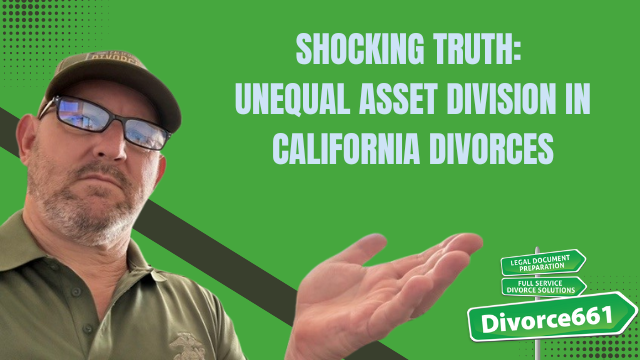How to Handle a Divorce When You Have Jointly Owned Digital Assets
Divorce in today’s digital age involves far more than just dividing physical property and bank accounts. As technology evolves, many couples now share valuable digital assets such as cryptocurrencies, NFTs, online businesses, and monetized social media accounts. Navigating the division of these complex assets requires careful identification, valuation, and legal planning to ensure a fair and equitable settlement. Here, we break down the essential steps to handle jointly owned digital assets during a divorce, drawing on real-world examples and expert strategies.
Understanding the Scope of Digital Assets in Divorce
Digital assets are any valuable online or electronic property acquired during the marriage. These can include:
- Cryptocurrency wallets
- Non-fungible tokens (NFTs)
- E-commerce stores and online businesses
- Monetized social media accounts such as influencer platforms
- Other digital content or revenue-generating accounts
Even if only one spouse primarily manages these accounts, they may still be considered community property subject to division. Therefore, it’s crucial to identify every digital asset, regardless of size or perceived value. Overlooking even minor assets can lead to disputes down the line, complicating the divorce process.
Inventorying and Documenting Digital Assets
The first step towards a fair division is creating a thorough inventory of all digital assets accumulated during the marriage. This includes documenting:
- Account details and access information
- Current balances or valuations
- Historical income or revenue generated
- Potential future earning capabilities
Transparency is key. Both parties should agree on the valuation date, especially for volatile assets like cryptocurrency, whose values can fluctuate dramatically. Setting a specific date for valuation ensures clarity and prevents disagreements about asset worth later on.
Valuation Challenges and Solutions
Unlike traditional assets, digital assets such as crypto and NFTs can vary in value significantly over short periods. This volatility presents challenges in determining a fair split. To address this, it’s important to:
- Agree on a fixed valuation date for asset worth
- Consult valuation professionals if needed to provide expert appraisals
- Consider both current market value and potential future income streams
For online businesses, valuation often involves more than just current revenue—it’s essential to assess future earning potential. This holistic approach helps both parties reach a settlement that reflects the true value of shared digital ventures.
Options for Dividing Digital Assets
There isn’t a one-size-fits-all solution for dividing digital assets. Depending on the nature of the asset and the couple’s preferences, several strategies can be employed:
- Splitting proceeds: Dividing income or profits generated by the asset moving forward
- Buyouts: One spouse buys out the other’s share based on agreed valuation
- Revenue-sharing plans: Establishing ongoing payments tied to the asset’s performance
Tailoring the division strategy to suit the needs and circumstances of both parties is crucial. For example, one couple we assisted owned a profitable e-commerce brand. We structured a post-divorce plan that clearly outlined future revenue payouts, eliminating confusion and preventing future disputes.
Legal Protection and Future Security
Including the right legal language in divorce agreements is essential to protect digital assets and income streams after the divorce is finalized. This safeguards both parties’ interests and provides clarity on rights and responsibilities related to digital property.
Working with experienced professionals who understand the nuances of digital asset division can help prevent costly disputes and ensure a smooth transition. Whether it’s drafting precise legal clauses or collaborating with valuation experts, a proactive approach is key.
Conclusion: Securing Your Digital Future in Divorce
Dividing digital assets in a divorce requires careful attention to detail, transparency, and expert guidance. By thoroughly identifying all digital property, agreeing on valuation methods, and customizing division strategies, couples can achieve fair and equitable settlements without unnecessary drama.
For those navigating this complex landscape, consulting with specialists who handle digital asset division can make all the difference. Protect your future by ensuring nothing—digital or otherwise—slips through the cracks.
To explore your options and get expert help with digital asset division in California divorces, visit Divorce661.com for a free consultation.










